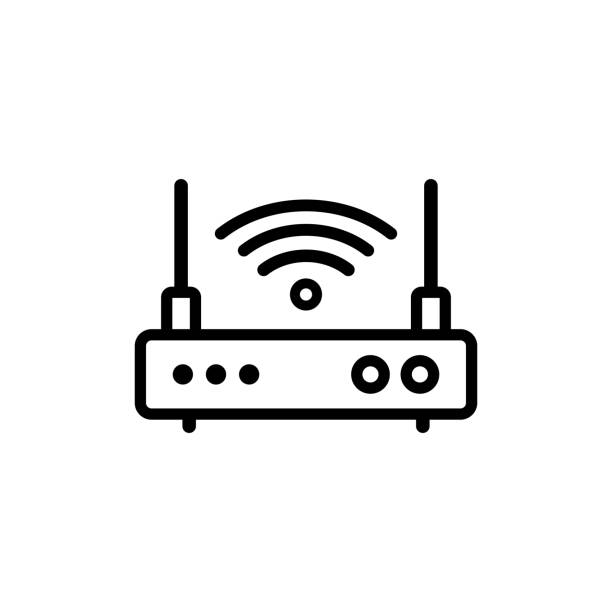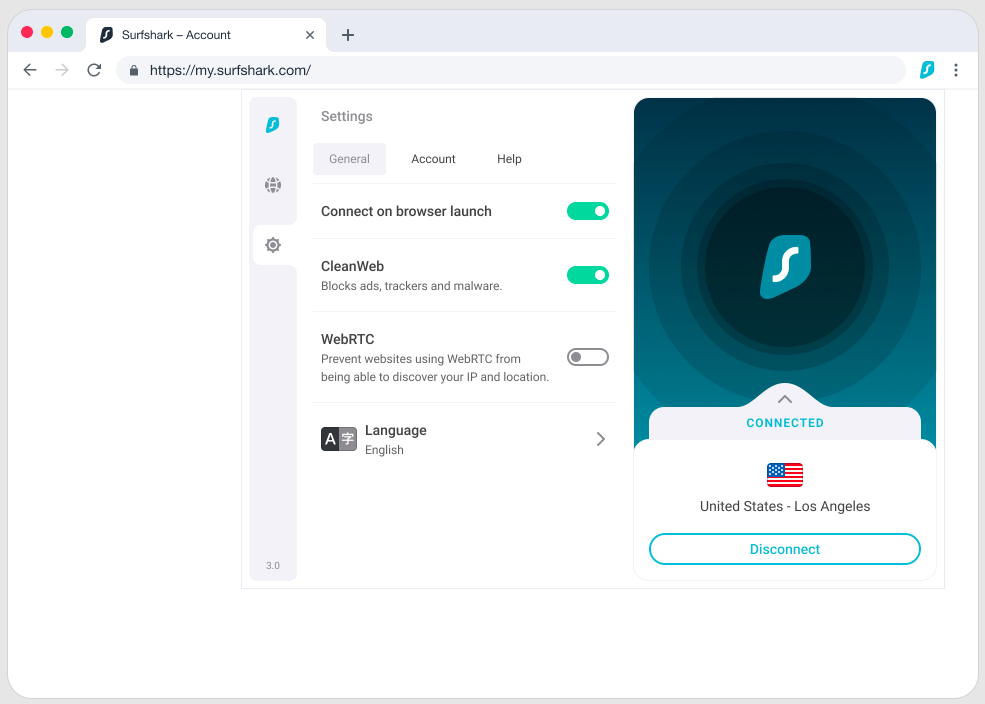In the early 2000s WiFi used to be slow and not useful for large tasks, since only a small amount of people and a small amount of tasks could be done on WiFi the Security protocol did not have to be as intuitive as other security protocols with wired internet. This security protocol they employed during this on WiFi was called WPA. WPA stand for WiFi Protected Access, it can also be referred to as TKIP standard. This protocol was created by the WiFi Alliance in 2003 and was supposed to be used before the next iteration of WEP. Because of the major hardware change WEP needed for better security everyone ultimately stuck with WPA.
How is WPA WiFi different than WPA2 WiFi
To go into more detail, WPA and WPA2 are both wireless security protocols designed to secure WiFi networks. While their main goal is the same, there are major differences between them. WPA uses the Temporal Key Integrity Protocol also known as TKIP encryption algorithm, which was introduced as a temporary solution to address the weaknesses of the original WEP protocol. WPA2 employs the Advanced Encryption Standard (AES), a highly secure and widely adopted encryption algorithm.
When it comes to authentication and key management, WPA relies on a centralized authentication server called the RADIUS server. It uses a pre-shared key or passphrase to authenticate users and establish a master session key. WPA2 supports both Personal mode specifically referred to as WPA2-PSK and Enterprise mode referred to as WPA2-Enterprise. The Personal mode is similar to WPA, using a pre-shared key for authentication. In Enterprise mode, an authentication server like RADIUS is used along with the Extensible Authentication Protocol (EAP) to provide more robust authentication.
In terms of security strength, WPA is an improvement over the vulnerable WEP protocol but still has certain weaknesses due to the TKIP encryption algorithm. These weaknesses include key derivation and replay attacks. On the other hand, WPA2 addressed these vulnerabilities by adopting the AES encryption algorithm, which is considered secure and has not been compromised to date. This makes WPA2 significantly stronger and more resistant to attacks compared to WPA.
Compatibility is another area where WPA and WPA2 differ. While most modern Wi-Fi devices support both protocols, older devices may have limited or no support for WPA. WPA2, being the more advanced protocol, offers better compatibility with a wider range of devices, ensuring seamless connectivity. Additionally, WPA2 has undergone a certification process by the Wi-Fi Alliance, a global organization that establishes Wi-Fi standards. This certification verifies compliance with specific security requirements, providing a standardized and reliable security solution.
There are many ways your WiFi can be attacked in a public and private setting. We go over in detail how a Man in the Middle attack could and will affect you if someone targets you. If you are looking for more protection than WPA2, VPN’s give you more privacy than just sitting on a “protected network”.

